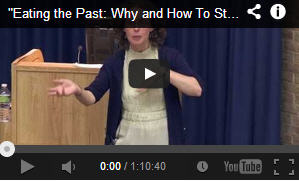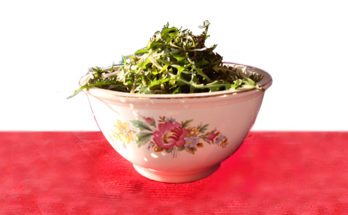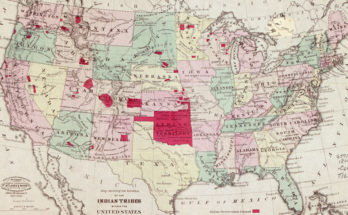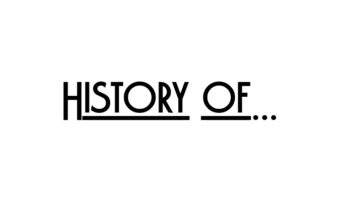Listen to Dr Megan Elias talk, “Eating the Past: Why and How to Study Food History” about the history of lunch. She refers to Annie Hauck-Lawson’s concept of the Food Voice, which is now a book, The Food Voice Primer.
Highlights of the Lecture
- American Lunch concept comes from Northern Europe
- Northern European peasant lunch: pottage, cheese, bread, and fruit, beer.
- Edam cheese was the most popular cheese in the world for a few hundred years.
- Ruling class did not have lunch, but had huge breakfast, maybe snacks during day, and a large supper.
- American field workers food tended to be brought to them and eaten in the field.
- American craftsmen groups also had their food brought to them, and they ate together, c. 1830s and before.
- 1820 and beyond: factories necessitated set lunch times; lunch truck; lunch at saloons for men.
- There were “Tables for Ladies” advertised at some restaurants.
- Women before 1820s working in kitchen all day with family there. Picked at food, but didn’t have a lunch, per se.
- After 1820s women are often alone at home during midday, men are at factory, children at school.
- Late-1800s: Women had free time to shop; department stores created restaurants in stores.
- Women wore tight corsets so lunched accordingly.
- Home Economics Movement: Cookbooks designed as Textbooks
- Pre-sliced bread invented in 1920s, thus more sandwiches
- 1920s School Lunches
- Civil Rights Movement included the right to have lunch
- Fast Food grew with highway travel
- 1950s the three-martini lunch for knowledge workers
- Power Lunches: The Four Seasons Restaurant, NYC



